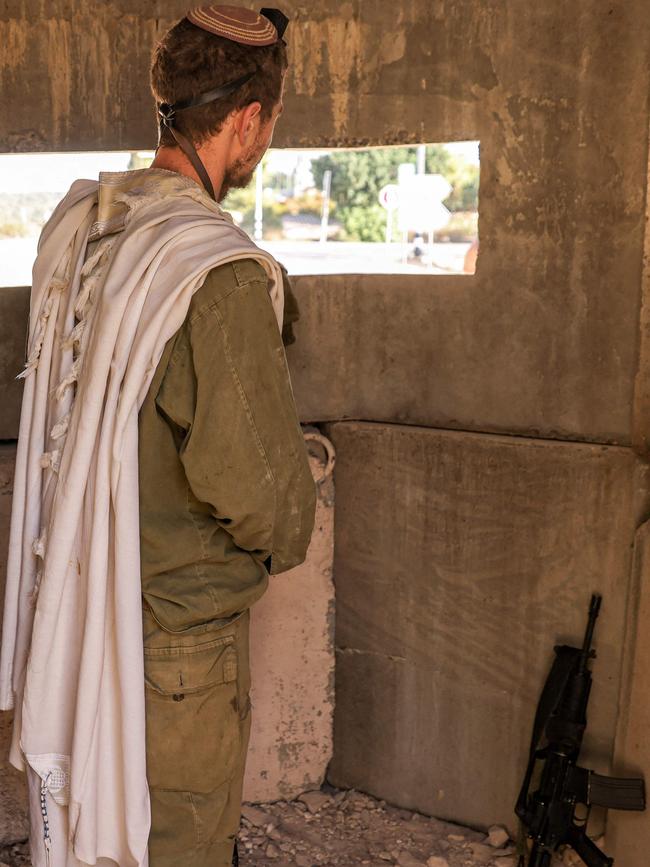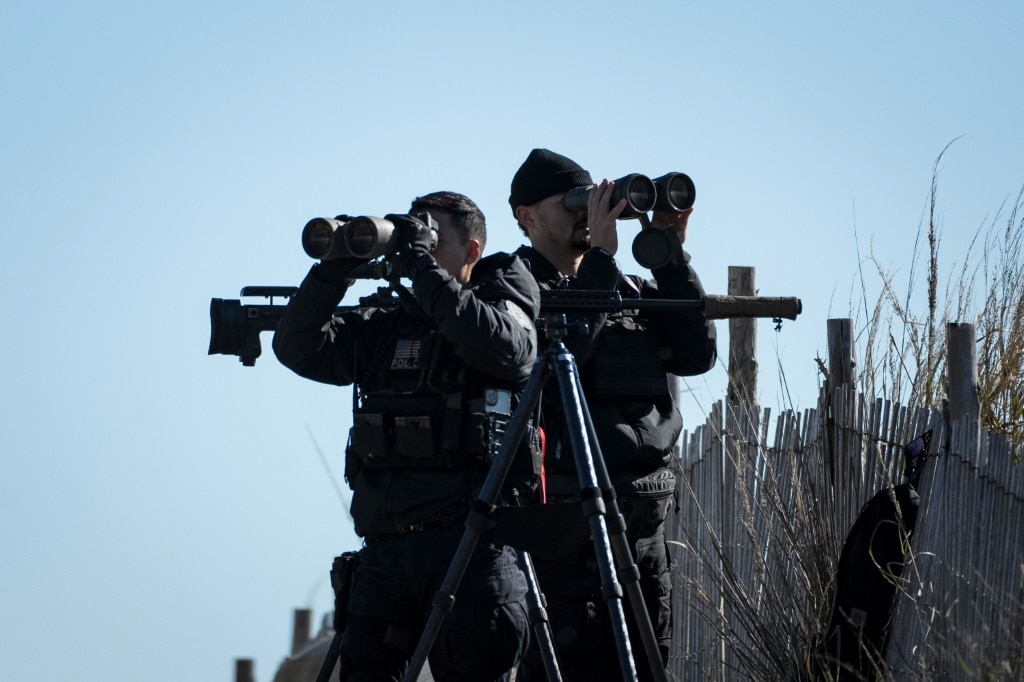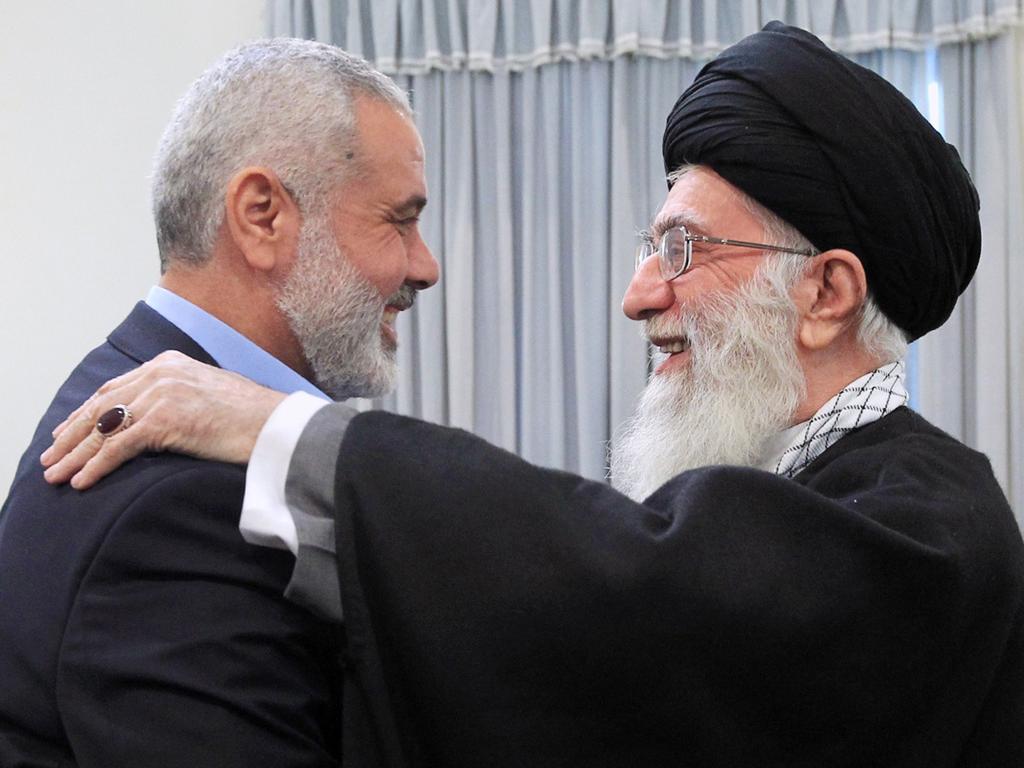
But even as the world’s attention remains focused on the narrow and dusty strip to Israel’s southwest, a far larger and potentially more consequential mobilisation is taking place across the Middle East.
From Lebanon to Yemen, via Syria and Iraq, the Iran-led regional axis of which Hamas is only a minor element is moving into position. Some of its component militias have entered the fray already, carrying out limited attacks against Israeli and US forces. Others have arrived at their jump-off points, awaiting the order to intervene.
It’s important to understand the nature of the alliance in question. It is the fruit of the methodology and the investments of Iran’s Islamic Revolutionary Guards Corps during the past four decades in the Middle East. In that time, patiently, and with tactics adjusted to fit local conditions, Tehran has built an army of a type never before seen in the Middle East and that is now preparing for action.

This army consists of a host of nominally independent militias, that in reality are controlled by a central guiding hand. It is a unique melding of regular and irregular capacities, and of the political with the military. Most crucially, the IRGC method weds the Islamist fervour from below that remains the dominant force across the Arab world at street level, with the capacities, armaments and organisation that can be supplied only by a powerful state.
This is what the mobilisation of this army looks like: On Israel’s border with Lebanon, the Hezbollah organisation that is Lebanon’s de facto ruler is launching Kornet antitank missiles, drones and rockets at both military targets and civilian communities every day. Efforts to infiltrate terror squads across the border also are ongoing. Fifteen to 20 attacks a day of this kind are taking place, according to figures released by the Institute for the Study of War. Israel has evacuated 28 civilian communities close to the border.
I reported from the border area at the end of last week, from the moshav settlement of Shtula and the town of Kiryat Shmona, both pummelled in recent days by Hezbollah-IRGC ordnance. In the villages on the border fence, the civilians have gone. Only mobilised infantry units and local emergency response teams remain. Activity is ongoing and frenetic, the atmosphere tense and charged.

In Syria, the Iran-supported militias that defeated the rebellion of 2012-19 are once more on the move. From their positions in the deserts of Deir al-Zor province in the country’s east, they are heading west, toward Deraa and Quneitra provinces, adjoining the Golan Heights. In recent years Iran has carved out an area of its exclusive control that stretches from the al-Qaim-Albukamal border crossing between Iraq and Syria to Syria’s border with Israel.
Exclusive means the IRGC doesn’t need the permission of the nominal ruler of Syria, Bashar al-Assad, to move its pieces across the board. It is along this area of control that the militias, with Iraqi, Syrian and Lebanese fighters chief among them, are making their way, from the border crossing to the town of Mayadeen, exclusively controlled by the IRGC, and then onwards west.
The militias are attacking US targets in Syria, too. On October 19 they launched three drones at the US-controlled al-Tanf base in the desert on the Syria-Jordan border. The Conoco Mission Support Site, located inside Kurdish-controlled eastern Syria, also was targeted.
Across the border in Iraq last week, Kata’ib Hezbollah, the most powerful of the Iran-led militias in that country, and its allied organisations launched drone and rocket attacks at three sites where US troops are present: the Ain al-Asad air base, Baghdad International Airport and the al-Harir base in Iraqi Kurdistan. The Badr Organisation, largest of the militias in Iraq, issued a statement threatening further attacks.

The political element here is once again no less crucial than the military one. These militias are not independent forces operating out in the wilderness. Rather, in their other form as political parties, they form the central core of the government of Iraqi Prime Minister Mohammed Shia al-Sudani. Indeed, Iraqi National Security Adviser Qassem al-Araji is a veteran member of Badr.
Even as far afield as Yemen, Iran’s Houthi allies appear to have tried to launch missiles at Israel last Thursday. The Houthis, again, control the Yemeni capital of Sanaa and a large swath of the country.
So Iran’s long investment, arming and organisation of Islamist forces across the region appear to be heading for a denouement now. It is impossible, of course, to predict the precise course of events in the next days. But the mobilisation is plain to see. As for the Israeli side: in Shtula last week I spoke with Shlomi, 54, who has headed the emergency response team in his border community for the past 20 years. Like almost all the residents of Shtula, his family came from Iraqi Kurdistan to Israel in the early 1950s.
They came to escape the predecessors of the forces that are now launching antitank rockets on their community.
“We’re only responding, responding, responding,” Shlomi told me as he stood by the entrance to the moshav, an M16 rifle slung across his shoulder. “We aren’t initiating anything. I hope that changes. That has to change.”
Jonathan Spyer is director of the Middle East Centre for Reporting and Analysis. He is the author of Days of the Fall: A Reporter’s Journey in the Syria and Iraq Wars.








Israeli forces are completing the final stages of preparation before the start of a ground offensive into Gaza. The goal of this offensive, according to statements by senior Israeli officials, will be to put an end to 16 years of Hamas rule over this area.